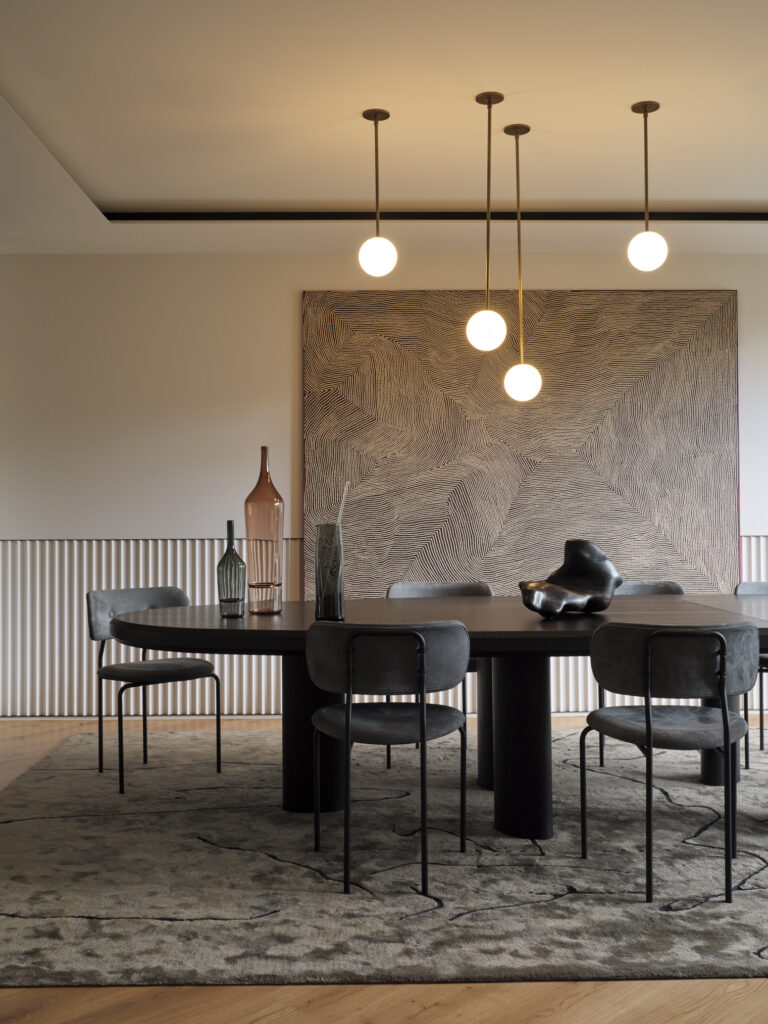
Color psychology, personalization and identity, biophilic design, and ergonomics are all aspects of a good interior design that have been exhaustively discussed. What we are looking at today is the social element imbued in our home or workspaces and the value it has for our well-being in connection with a holistic design.
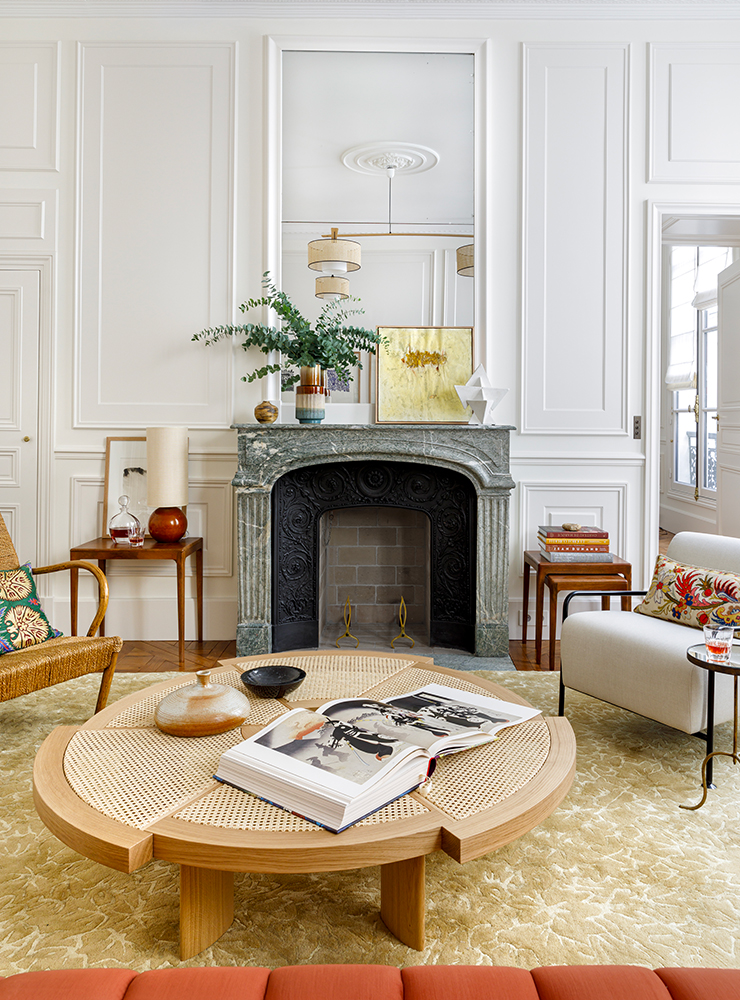
Understanding how the direct connection humans have with interiors influences emotions, behaviors, and social interactions leads to the development of thoughtful designs that foster connections, promote social interactions, and provide a safe space to express our individuality. By shaping the layout, aesthetics, and functionality of spaces, we create welcoming environments that cater our psychological needs for privacy, social engagement, and the human yearning for belonging.
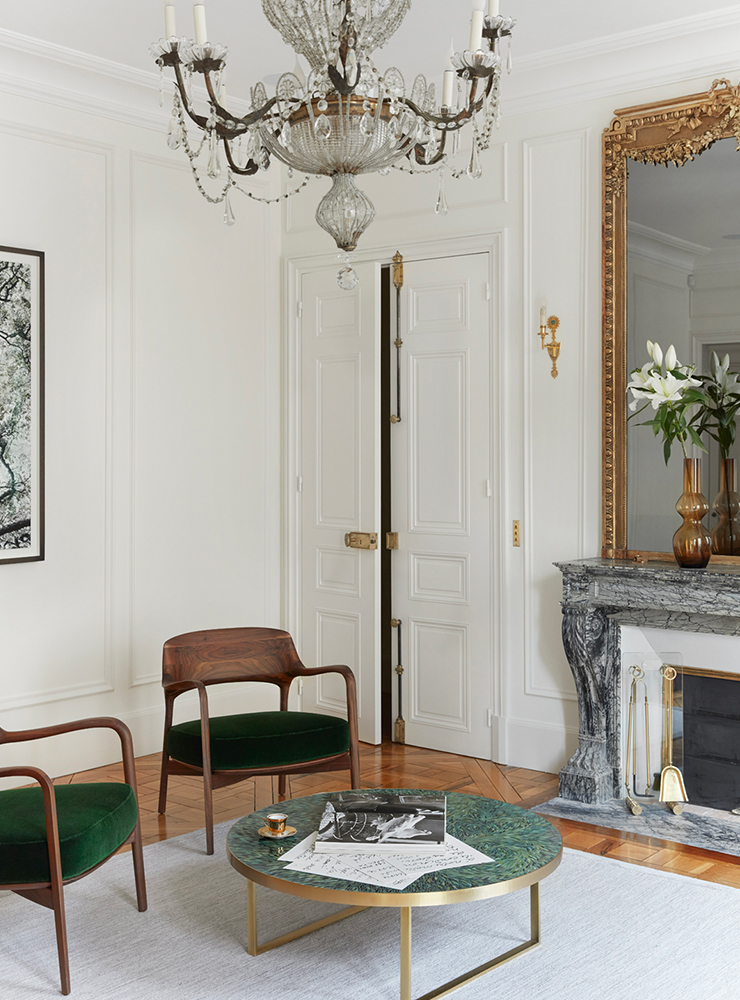
Socially-engaging workspaces
If we translate this to our workspace we must imagine a layout which profoundly enhances our ability to connect, communicate, and thrive within our social communities. We can also call this a “Tech Hub” area surrounded by flexible workstations, a variety of seating options such as cozy lounge chairs, high-top tables with bar stools, and small breakout areas with bean bags.
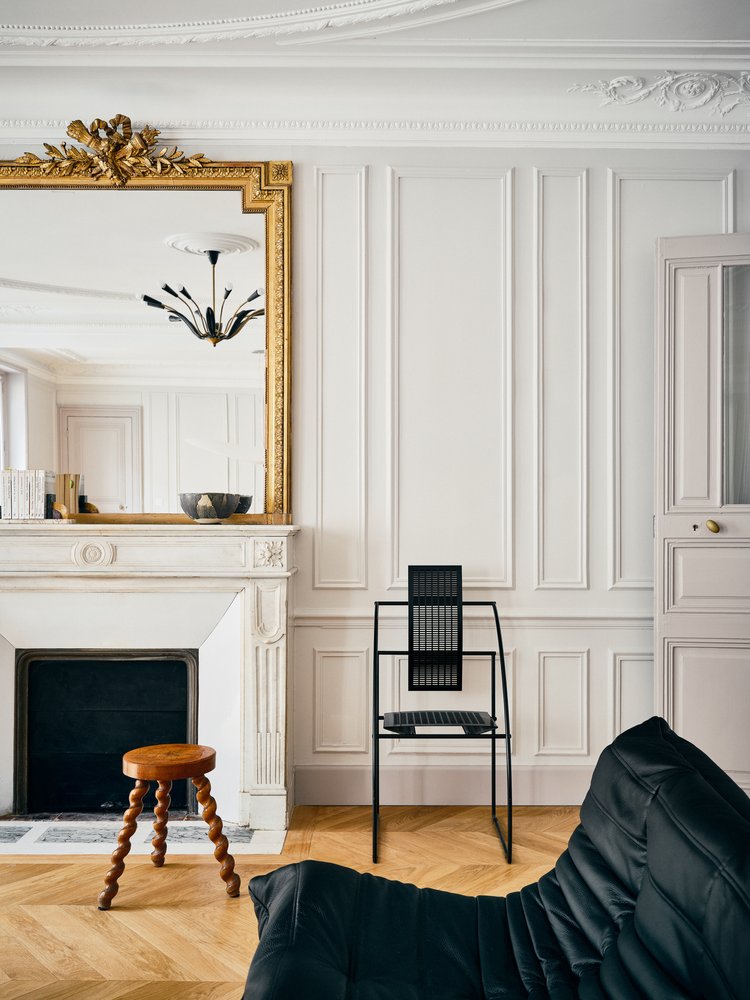
In addition to accommodating multiple seating options for different work styles and preferences, a social hub will also benefit from a biophilic design that boosts employees’ mood and creativity with natural light, refreshing plants, and warm wooden accents. As a final touch, we can even consider incorporating mobile and reconfigurable furniture that adapts to each space and different needs. This flexibility prepares us for impromptu collaborations, different group sizes, and the freedom to improvise at work.
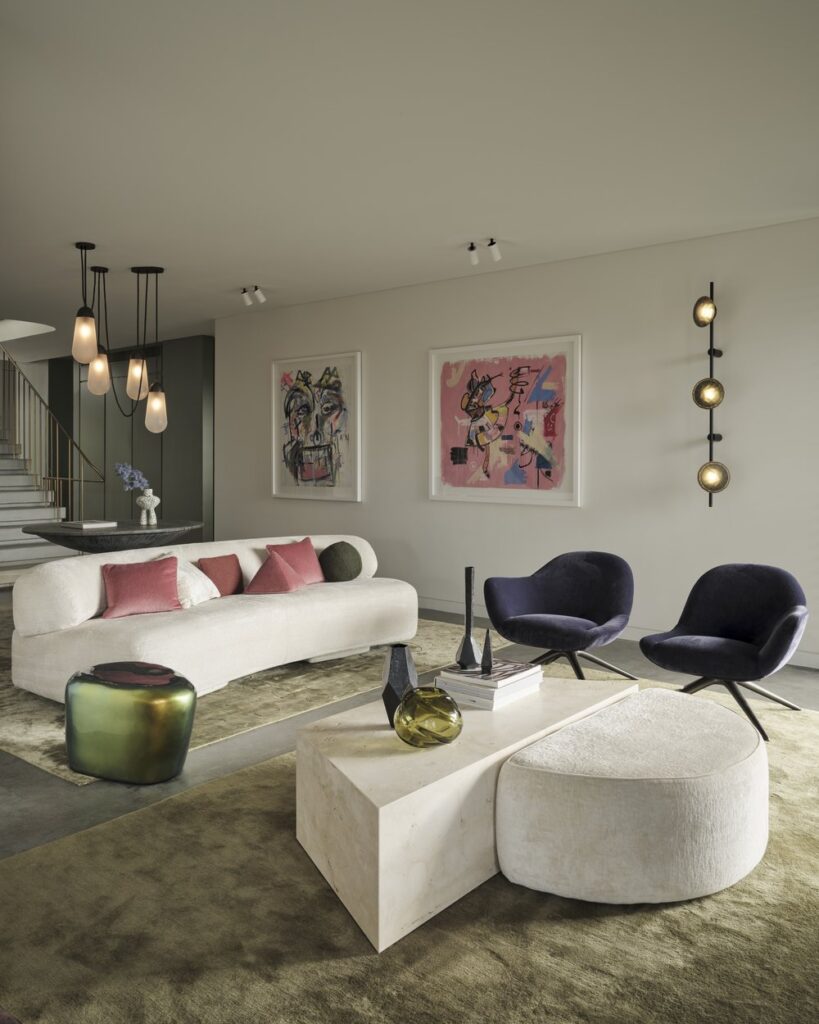
Crafting welcoming spaces at home
Taking a more personal angle to shared spaces also leads us to discuss how the social hub area can be recreated within homes. The first step is to free such environments reserved for social activity from walls or partitions to allow an easy flow and visual connection between various areas of the house such as living room, dining area, and kitchen. This approach keeps the conversation flowing even as people engage in different activities across the house.
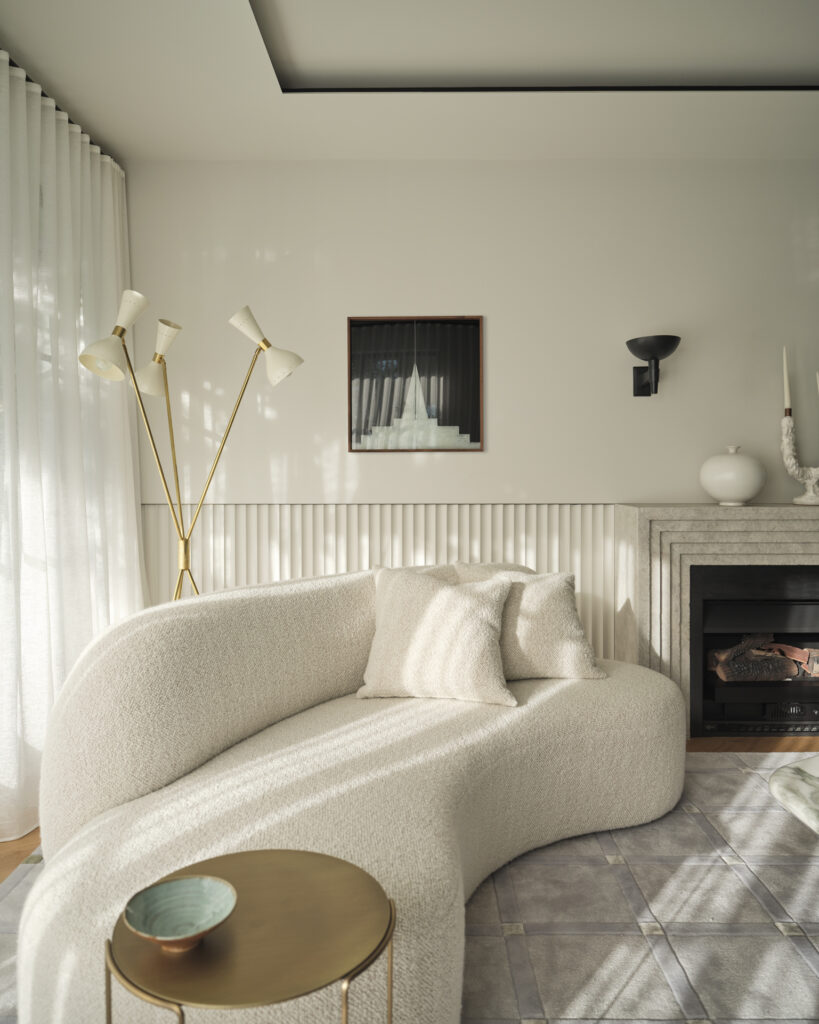
A second element we can consider is the incorporation of an enlarged kitchen island surrounded by stools that serves as both a cooking area and as a gathering spot. This casual ambience is enhanced further with the addition of comfortable seating such as a large sectional sofa or cozy arm chairs with ample room for extended conversations. Of course, besides comfort one can also look at functionality through flexible furniture pieces like extendable coffee tables that accommodate intimate and large social events.
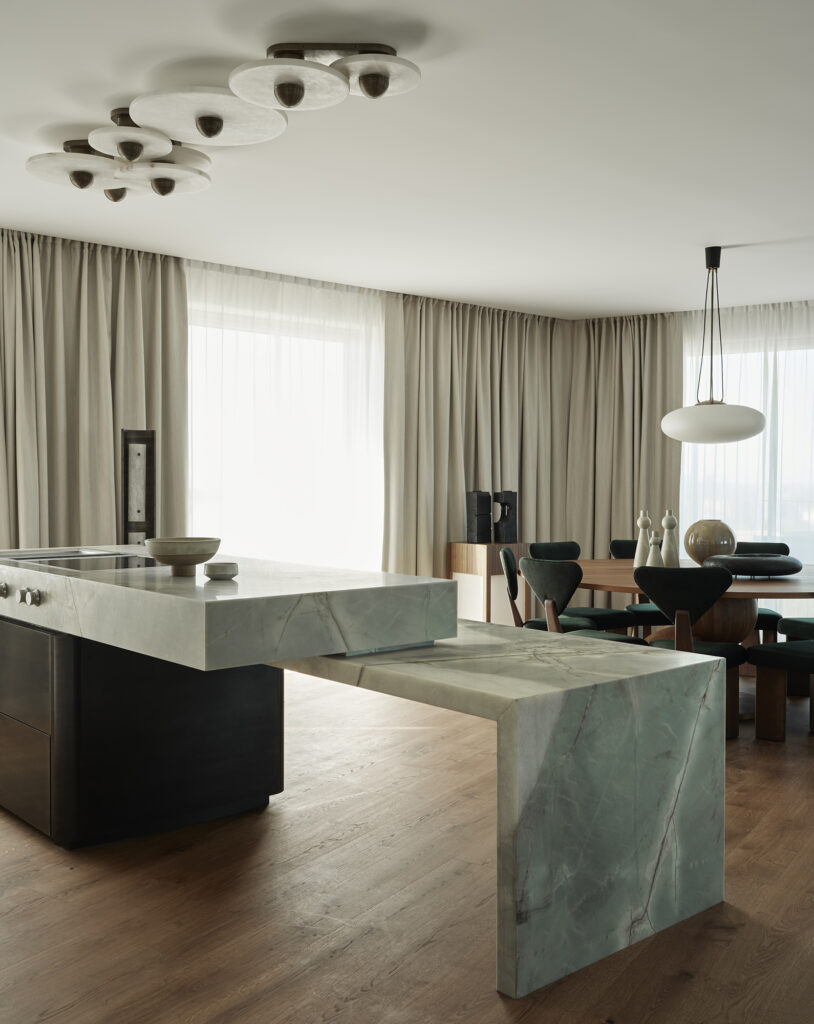
Moving away from the layouts that enhance our connectivity at work and at home, we must also observe how interior design can accommodate the social nature of humans by acknowledging the power of cultural influences and the importance of our personal well-being.
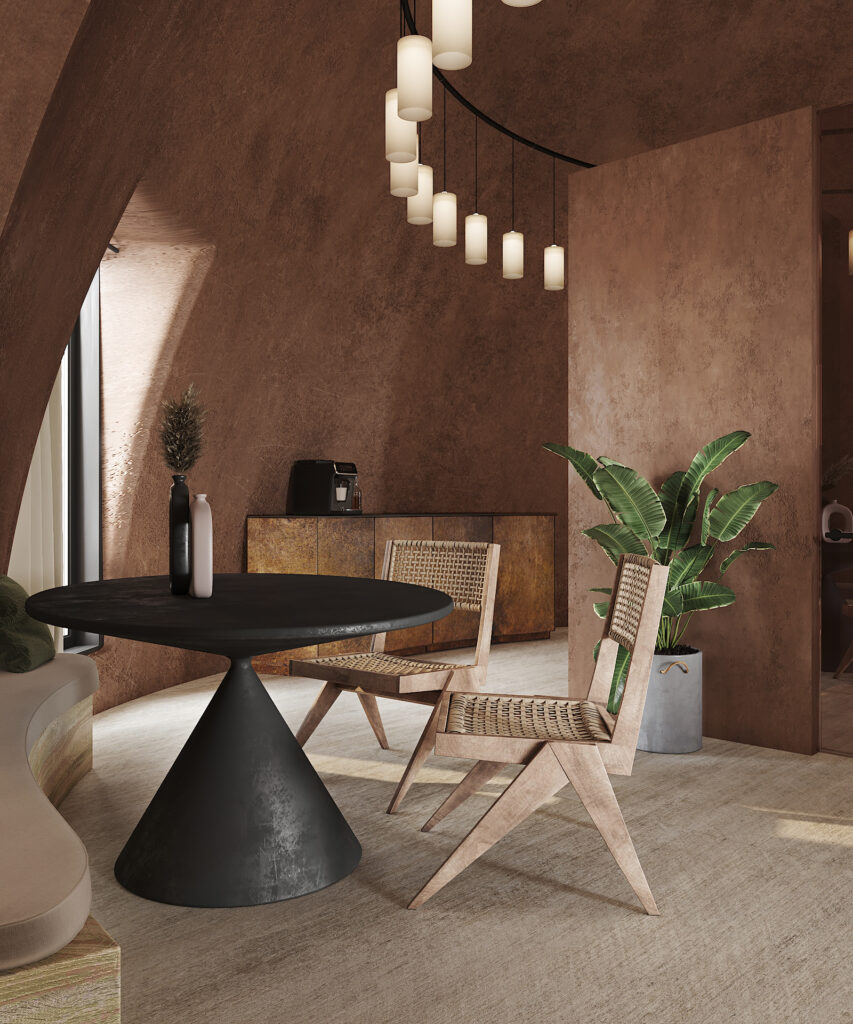
Interiors that accommodate our cultural narratives
Consciously or inadvertently, interior design reflects certain cultural norms, values, and trends: from the way we accommodate our entrance to receive visitors, the type of furniture we use for the dining area or living room, and the fabrics we put on display across our home. One can even experiment with a fusion of styles that blend various cultural influences with contemporary or minimalist design elements that lead to innovative interiors. These traditional patterns, colors, artwork, and locally crafted pieces serve to create meaning through the narratives embedded in our roots and to display appreciation of our exposure to growing multicultural societies.

The personal aspect behind social connectivity
A well-designed space that nurtures social connectivity and inclusion should also prioritize personal well-being by providing a sanctuary where individuals can recharge and find solace. When people feel cared for in their environment, they are more likely to engage positively with others and foster meaningful connections. Moreover, this approach to design pays attention to the way acoustics and lighting affect mood and behaviour, minimize distractions and reduce stress levels. It also observes our emotional responses to specific materials, textures, and finishes such as natural materials which bring warmth or sleek materials that evoke sophistication. With such sensory stimulation, our personal interior design creates an immersive and emotionally resonant environment.

Today we conclude this feature with the reminder that as humans, we are inherently social creatures, inspired by the influences surrounding us and also impacting the societies we belong to. This is an aspect we must take into account while designing homes and personal spaces which accommodate our own narratives, foster a sense of community, and retain a nurturing, private element that welcomes our differences.
